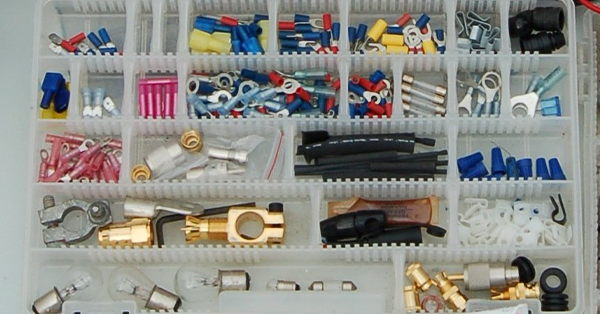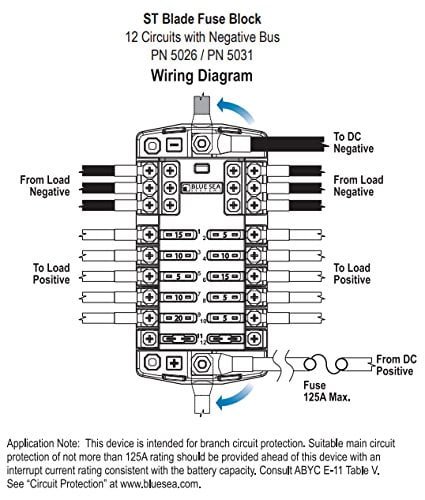This simple equation allows you to calculate the voltage drop for a circuit of any length and any current flow if you know the resistance of the wire. When the wire size goes down two numbers from 14 to 12 the amount of.

Racing Fuse Box With Relays
Fuse size for boat wiring. Blue sea systems dc circuit wizard performs calculations and recommends appropriate circuit protection optionsfuse or circuit breakerand wire size for just about all dc applications. Fuses protect the electronic equipment from overcurrent damage but also to avoid electronic equipment due to internal failure caused by serious injury. A change in six gauge numbers is a fourfold increase in wire size. Even a small boat 3 5 loads wed recommend at least 12awg wire for this. 10awg for larger boats 5 10 loads is normal. The fuses for each circuit should be 3 amp except for the radio because on transmit it draws 6 amps.
Things could get really ugly really quickly so to avoid all that mess youll need to ensure that you get the right size fuse for the job every time. If there is not an exact match between cable ampacity and available fuse or circuit breaker ratings an overcurrent device with a rating of up to 150 of the ampacity of the cable can be used but thats the limit. Weve included copper wire specifications which comply with the awg standards at the bottom. Plus these two conductors will carry the current of all your electrical loads combined so they are typically fairly beefy cables. A fuse or circuit breaker is sized to protect the smallest wire in its circuit. Essentially as complicated as things may look on your boat there are only two circuit designs that typically get employed.
If the circuit is properly placed in the fuse then the fuse will rise in the current. This is sometimes a long wiring run on a boat. Therefore each fuse has a rated size when the current exceeds the rated size when the fuse will be blown. Study schematics never be afraid. For your fuse to do its job correctly and protect your wires it should be rated about 11 to 15 times the rated. For example a trolling motor on a 20 foot boat should have 4 or 6 gauge wire for best battery utilization.
Remember this fuse is to protect the wire to the equipment. We need to determine the size of the main fuse. The main function of a fuse is to protect your wiring but in order to do so youll have to get the right fuse wire size from the start too low and itll blow too high and youll end up doing damage to the whole circuit. So use a 10 amp fuse for the radio circuit. Voltage drop current x length x ohms per foot. Every problem cannot be solved with this checklist but it will give you a good starting place.
Load requirement and distance from the battery will help determine proper gauge wire and fuse requirements. The wire size listed in the graph at the intersection denotes the gauge of wire to use. The fuse in a dc circuit should be about 150 of the load so a 15 amp would be appropriate. The continuous loads add up to 105 amps. Of particular interest is the equation. 8awg is getting toward over kill in most.
For example we can determine the rating for a fuse or circuit breaker and we can select the proper wire size to supply a device without inadvertently holding back any of the amperage the device needs. Basic circuit design now that you know who the key players in this game are lets take a look at how we can keep them from ever becoming visible to the naked eye. Check the manufacturers installation instructions for recommended fuse sizes for each piece of equipment. Finally note that the amp capacity ampacity of the wire curtails. The current carrying capability ampacity of this wire is determined by referring to table 3 and then a fuse or circuit breaker is chosen with a rating no higher than this it can be lower.













